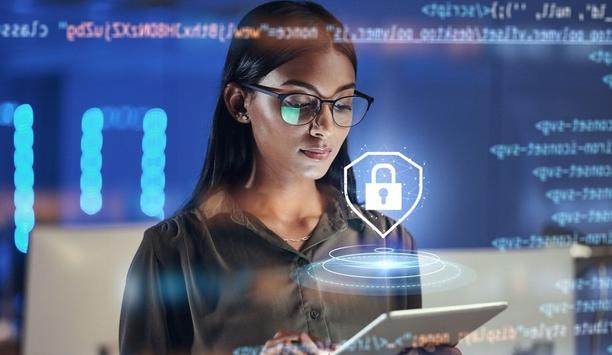 |
| The Zwipe biometric card is DESFIRE EV1 and MIFARE Classic compatible |
Zwipe, which provides contactless smart cards with on-card fingerprint reading, recently announced that Simonsen VogtWiig, a well reputed law firm located in the middle of the financial district of Oslo, is deploying the Zwipe biometric card for managing access to doors and printers. The Zwipe biometric card quickly reads the user’s fingerprint in less than a second. Eliminating the problems of solely deploying PINs and standard cards, the wirelessly powered Zwipe biometric card lets users at the firm’s Filipstad Bygge address authenticate themselves directly on the card through something they are, a fingerprint. Only then will the card system activate the lock at selected doors, including those at printing rooms. This is much more secure than simply using a standard card, which verifies only something they carry, the card.
“I am using the Zwipe access control card every day for opening doors and using printers at our premises,” reports Espen Tondel, partner at Simonsen VogtWiig. “The fingerprint gives a high security and since there is no PIN to remember, it is also very easy to use.”
The on-card fingerprint scanner with 3D capacitive technology resides on the contactless smart card which has universal compatibility with all ISO 14443 readers. The Zwipe biometric card is DESFIRE EV1 and MIFARE Classic compatible. Without having to change out the existing readers, the biometric card provides an easy, low cost way for organisations such as Simonsen VogtWiig to provide a biometric upgrade to access control systems using smart card readers or multi-technology readers that also read smart cards.
"The fingerprint gives a |
No longer does Simonsen VogtWiig need to worry if someone not authorised to enter is using another person’s ID card. With the biometric directly on the card, they can be assured that the only people getting in are those authorised to do so.
The biometric card is more secure to use than other available ID and authentication solutions on the market today. The fingerprint data is captured by the on-card fingerprint scanner and is thereafter encrypted and stored only inside the card. No exchange of data is conducted with external systems. This provides secure template management for Simonsen VogtWiig since the fingerprint never leaves the card. It also eliminates the law firm’s employees’ concerns with privacy issues. The card is unique to the user and only the authorised card holder can activate card communication with the reader. When a positive match occurs, the Zwipe biometric card activates encrypted communication with the lock or reader in the same way as other ISO 14443 contactless smart cards.
Zwipe will be introducing its new, next-generation biometric card at the ISC West Exhibition to be held at Las Vegas’ SandsConvention Centre April 2-4.


















